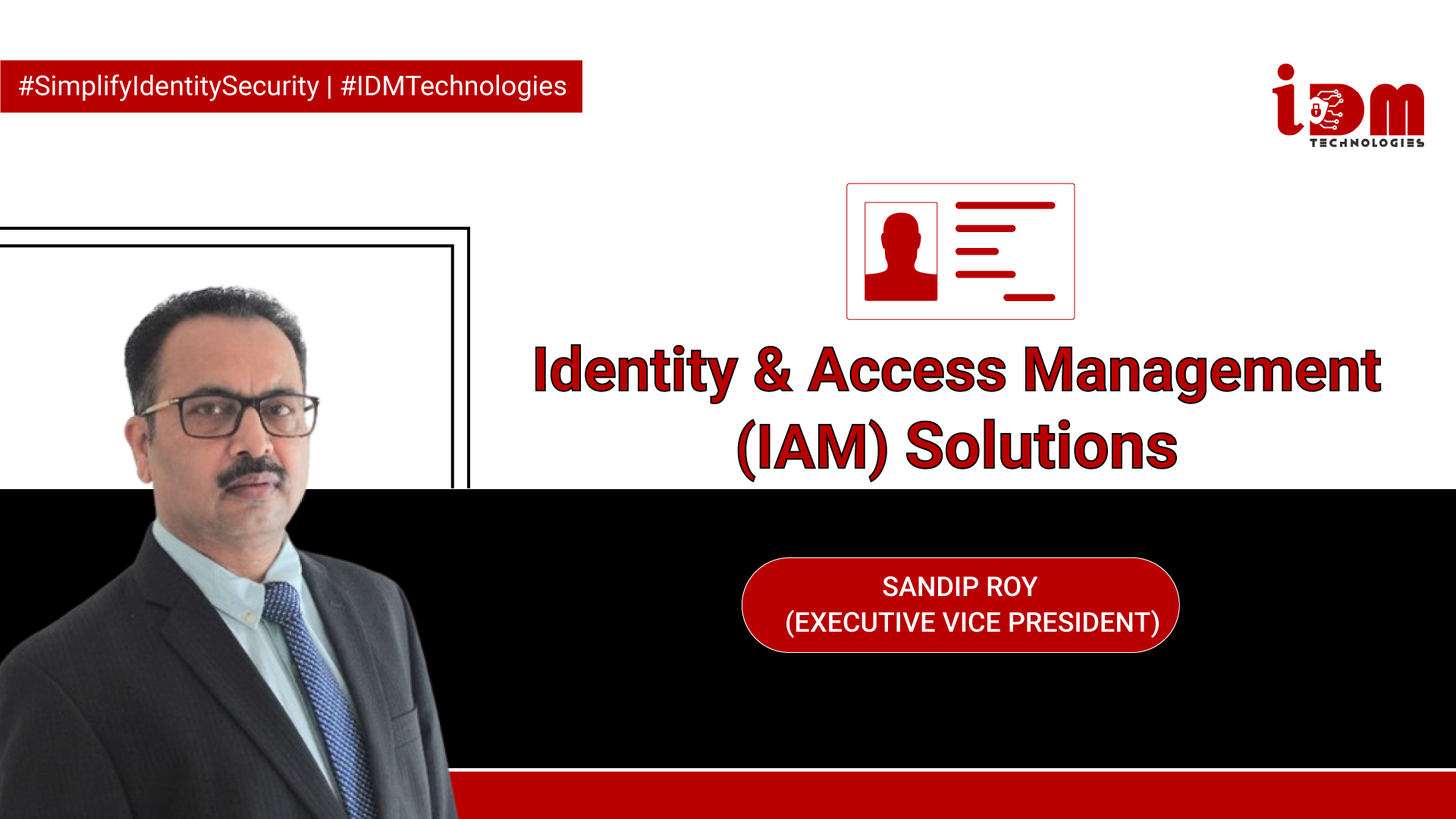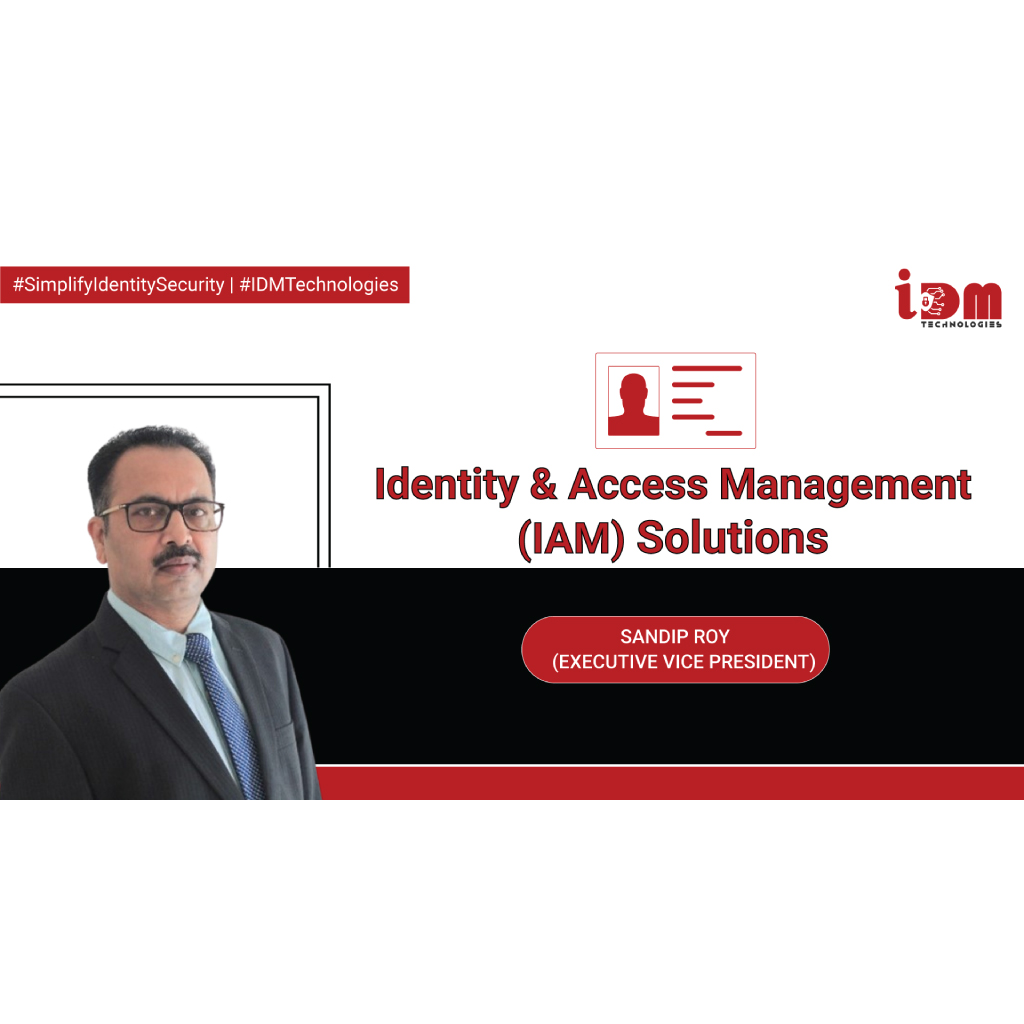
Identity & Access Management (IAM) solutions serve as the cornerstone of a robust cybersecurity strategy. In an era dominated by digital transformation, securing sensitive information and ensuring proper access controls have become paramount.

In the dynamic landscape of digital identity management, two terms that often surface are Identity & Access Management (IAM)) and Customer Identity & Access Management (CIAM). While they share similarities, understanding the nuances between IAM and CIAM is crucial for businesses looking to fortify their online presence. In this blog post, we will delve into the key differences, highlighting the significance of CIAM in today’s customer-centric era.
IAM is a framework designed to manage and control user identities, authenticate users, and authorize access to systems and data. The primary goal is to ensure that only authorized individuals gain access to the right resources at the right time while maintaining confidentiality, integrity, and availability.
IAM, or Identity & Access Management, operates by orchestrating secure and efficient control over digital identities and resource access within an organization. It begins with user authentication, verifying identities through methods such as passwords, biometrics, or multifactor authentication. IAM solutions then handle user identity management, including provisioning, de-provisioning, and synchronization across systems to maintain an updated user database. Access control mechanisms, such as Role-Based Access Control (RBAC), dictate user permissions based on roles. IAM facilitates Single Sign-On (SSO), allowing users to access multiple systems with a single set of credentials, improving user experience. Throughout a user’s lifecycle, IAM systems manage changes in roles, ensuring scalability and integration with diverse systems. In essence, IAM provides a centralized and standardized framework for managing and securing digital identities and access to resources within an organization.
IAM ensures secure and efficient control over digital identities and resource access within an organization. It authenticates users, manages user identities throughout their lifecycle, enforces access policies, and supports SSO. IAM minimizes security risks, enhances operational efficiency, and aids in regulatory compliance. By providing a centralized framework for identity management, IAM systems enable organizations to govern access, streamline processes, and maintain a robust security posture in the face of evolving digital challenges.
IAM solutions are essential for organizations to ensure robust security, streamline operations, and adhere to regulatory compliance. By managing user identities and access, IAM enhances cybersecurity, mitigating the risk of unauthorized data breaches and protecting sensitive information. IAM facilitates efficient user provisioning, reducing the chance of errors and ensuring that access aligns with job responsibilities. The implementation of access controls, including RBAC, improves overall security by limiting user privileges to the necessary minimum. SSO simplifies user access, enhancing productivity and user satisfaction. Additionally, IAM solutions provide comprehensive audit trails, aiding in forensic analysis and meeting compliance requirements. In today’s dynamic digital landscape, IAM is a strategic necessity, offering a centralized and scalable approach to Identity & Access Management for organizations to thrive securely.
IAM is not just a technological necessity but a strategic imperative in today’s digital landscape. Implementing a robust IAM framework is essential for organizations seeking to fortify their cybersecurity posture, enhance operational efficiency, and stay compliant with evolving regulations.
In an era where data breaches and cyber threats are prevalent, IDM Technologies stands as a reliable partner in fortifying your digital defenses. Our IAM solutions not only secure your organization but also empower it by enhancing user productivity and operational efficiency. Embrace the future of digital security with IDM Technologies and experience the peace of mind that comes with robust IAM.
Our experts will be in touch with you shortly.